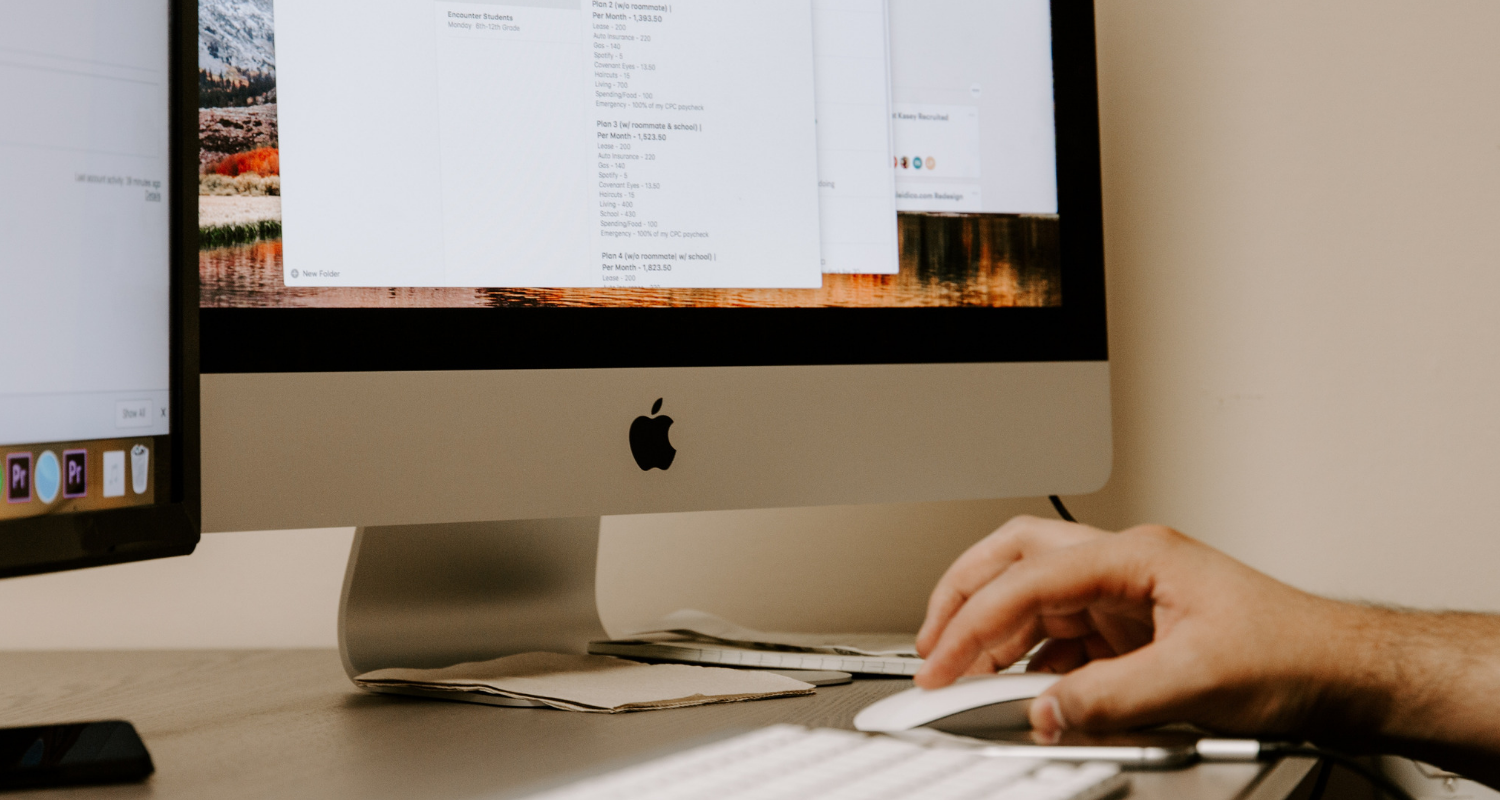Everyone online business owner knows what an enormous difference a single improvement can make in the design and functionality of their eCommerce store, but rarely does one thing of eCommerce image optimization as a major priority.
The final tally of completed sales versus abandoned shopping carts is a powerful incentive for eCommerce business owners to invest more into delivering the right experience online – and that experience is heavily based on the visual appeal of their web store.
However, the appeal and the first impression are most certainly not the only relevant factors that affect the number of happy customers.
From delivering a seamless, visually appealing experience, to ensure that that very same aspect of your online store is optimized to perfection, your customers, as well as search engines, will reward you for your efforts.
While so many businesses focus on the written portion of their content strategy, and its effects should indeed never be undermined, the images used are as important as the written content on your website.
Let’s see how you can utilize your visual identity to establish a memorable presence and impress Google for the sake of higher ranking with these eCommerce image optimization tips!
Size does matter
It may seem like an extreme example for a relatively small online seller, but Amazon calculated that they would have to say goodbye to $1.6 billion in sales if their store took a single second longer to load than it currently does.
What this means for any eCommerce business is that slowing down your web pages by choosing large images that take too long to load may cost you dearly – not just in terms of where Google places you in the search results, but how many customers choose to leave the website before it loads.
This is especially important today, as Google is ranking your mobile website version first. If your images are too large to load on a regular computer, imagine what they’re doing to your mobile site quality. Make sure to retain high resolution as you scale down your images, so that quality remains high while size is reduced. You can use tools such as Compress.Photos to ensure the balance of quality and size is maintained.
Weave it into the storytelling
Just like your written content delivers well-chosen and researched keywords so that any search engine can recognize your brand as relevant, the same should go for every image you upload.
For sellers who have a vast number of products online, it may seem too time-consuming for such a minuscule part of your SEO game. However, keyword-optimized image descriptions are vital for your technical SEO to work properly. To achieve better results, many businesses rely on SEO services to create tailor-made solutions that improve conversions. For that to happen, every layer of your content strategy needs to be keyword-optimized and refined to target a specific audience.
Pro tip: using hyphens instead of space between words when you describe your images helps the search engine algorithm “scan” your files. Steer clear of numbers and generic names your camera shows when you snap your images and be as specific as possible in order for your photos to match the rest of your website content.
Focus on A/B testing
E-Commerce image optimization is a fine art from every possible viewpoint.
That said, every eCommerce business can come up with unique ways to optimize images for a better experience. You need to be prepared to make changes on the go, monitor the effects of those changes, and then make additional tweaks when you see what works best.
For instance, changing the color of the background of the latest collection available in your store can make it more prominent for the buyer. Changing the angles and details on each product image can be beneficial for mobile viewing, in order to draw focus on the most relevant aspect of a given item. Use testing tools such as Google Optimize to see how your changes are making a difference and utilize the data to improve your image SEO.
Craft the right alt text
Short for “alternative text”, these bits of information serve a very unique purpose for your browser as well as your users.
Sometimes, when an image cannot be loaded properly, this text is used to describe what the image contains. It’s used for the very same purpose in case the person trying to search your website is, for instance, visually impaired.
Google, on the other hand, uses this text to read the story behind your images, and then decides how to rank your website.
You can also use this opportunity to add relevant keywords so that your images improve your search ranking, but make sure to include details to help you stand out in the slew of other available imagery online.
Consider the right file types
When it comes to loading times vs quality imagery, the law of diminishing returns comes into play. The higher the image quality, the harder it is to compress and so the longer it takes for the page to load.
Google won’t like this, and neither will your potential and existing customers. So, what else is there that you can do? Well, you can choose your image file types carefully, preferably per their main purpose.
For instance, you can choose between three basic file types: JPEG, PNG, and GIF. While JPEG has long been the main image file type on the web, GIF and PNG files also serve their unique purpose. GIF files are best used for icons, decorative images, and simple animations, but they lack in color fidelity and overall quality due to their extremely small size.
On the other hand, the PNG file is a much more high-res solution that does come with a more cumbersome file size that overshadows even that of the JPEG. This begs the need to be careful with file types, and to pay special attention to image quality vs size. Sometimes a lower-res image might prove to be a far better solution than a quality photo that takes forever to load.
In closing
In the world of eCommerce, every image matters, and every second counts.
For your online store to enjoy the success and recognition it deserves among search engines and customers, your images need to be optimized for maximum engagement, loading speed, and of course, the algorithms that rule the online universe.
This blog was written by Elaine Bennett. She is a marketing specialist and blogger. She writes about business, marketing, and finance, and she’s passionate about helping startups and small businesses grow.








